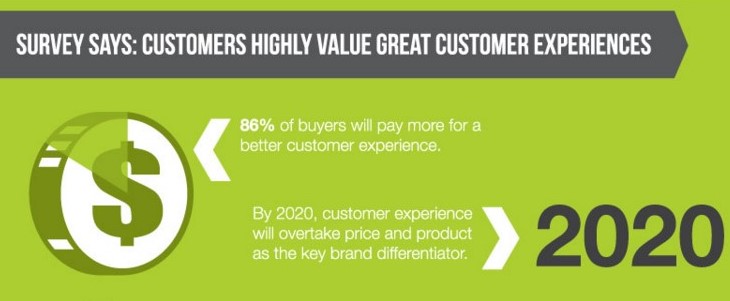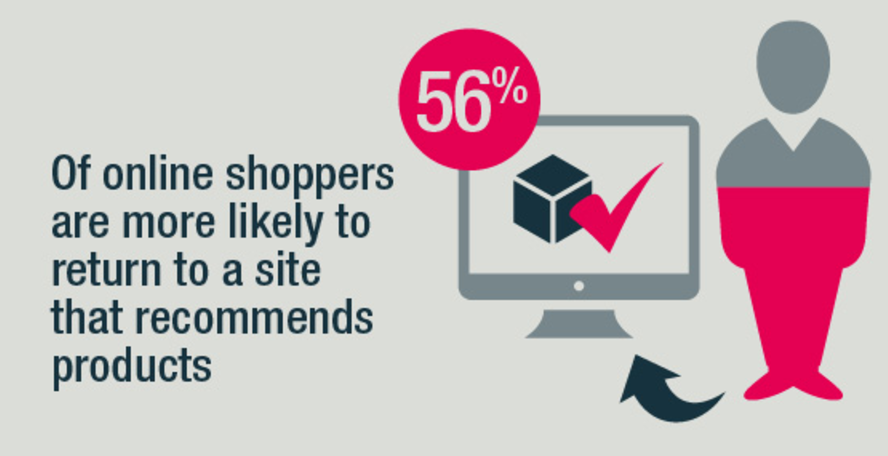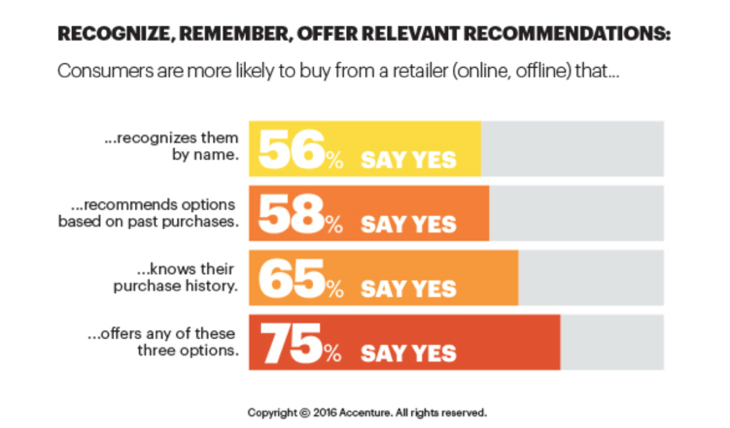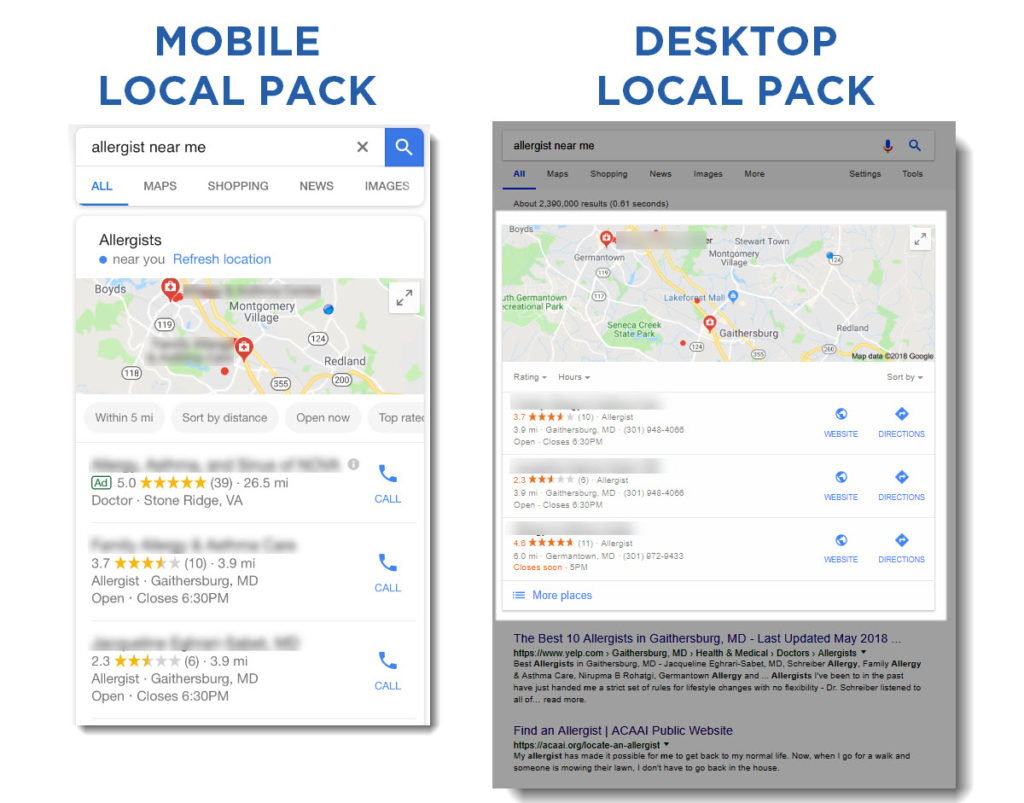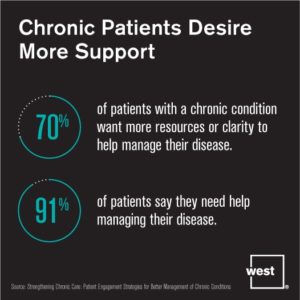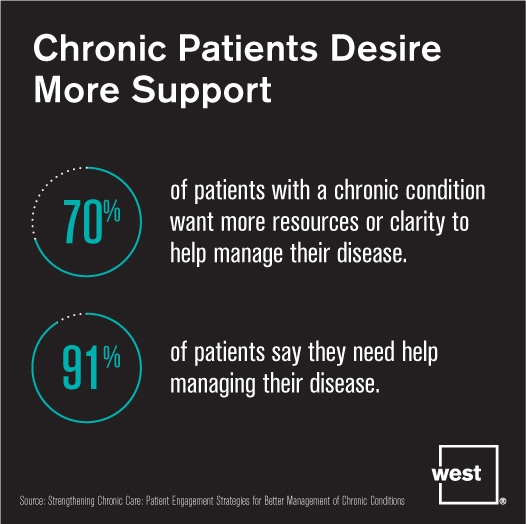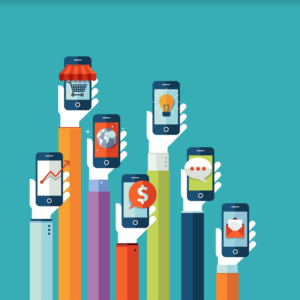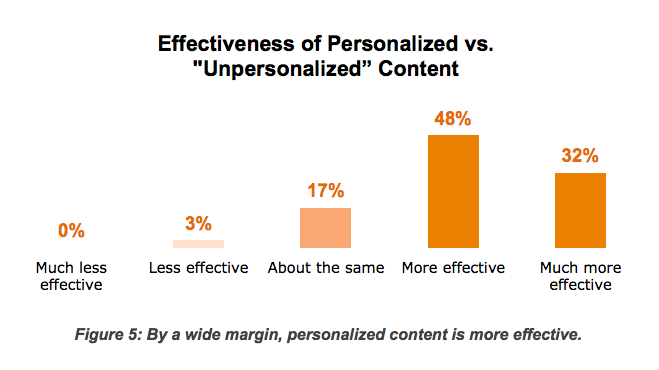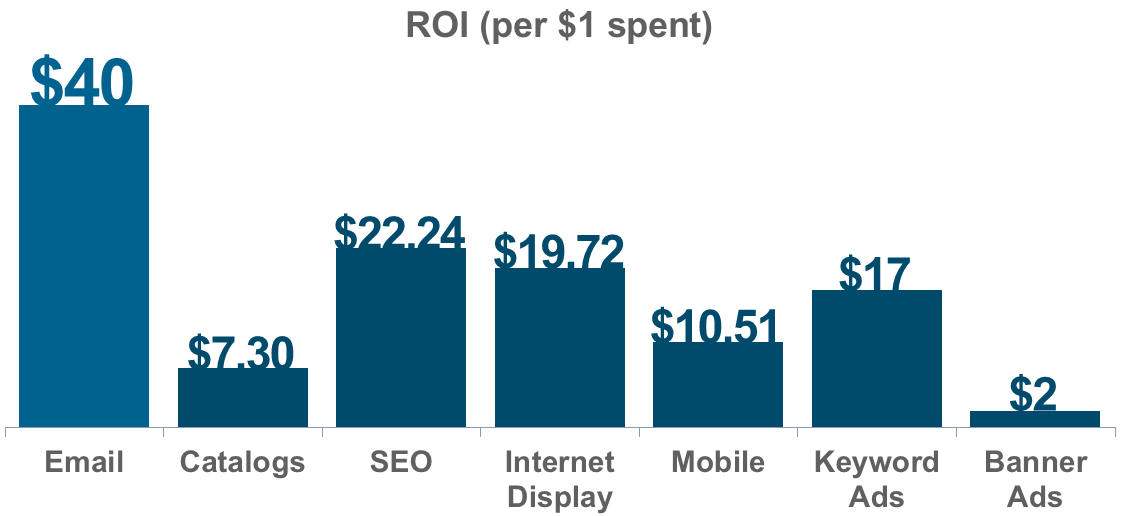Omnichannel personalized marketing is no longer just “nice to have” in today’s marketplace, especially with customer experience becoming a key brand differentiator.
Consumers are now interacting with brands across multiple channels. Not only do they expect relevant content but they also want the ability to “pick up where they left off” when they switch from one channel to another.
Many retailers consider implementing omnichannel personalization as one of the key strategies to generate growth and increase revenue through providing a customer-centric brand experience. In fact, many retailers see an increase in revenue and new customer conversion rate when they start offering personalized customer experience.
A study by Invesp has shown that personalization has been proven to improve customer loyalty and increase conversion:
- 53% of online shoppers consider customization valuable.
- 45% of shoppers prefer to shop on sites offering personalized recommendations.
- Personalized ads have a conversion rate 10 times higher than “one-size-fits-all” ads.
However, there are many moving pieces to ensure the successful implementation of such strategy, including the collection, integration, and synthesis of a large amount of customer data and the ability to turn it into actionable insights.
Thankfully, there are many tools you can use to help gather customer data and apply them to improve customer experience. Here are a few helpful features to look for:
Customer Data Management (CDM)
Information on your customers’ behaviors and preferences will help you cultivate relationships and increase retention rate. Data collection is the first step to implementing a personalization strategy.
To see CDM in action, look no further than online retail giant Amazon.com. Customer information is collected and utilized for making recommendations that leads to increase in sales, as well as improving customer relationships with more personal services.
To get the most out of your customer data, you should:
- Decide on the critical data to collect so you don’t end up having to parse through irrelevant information
- Clean up your data to avoid duplication
- Funnel all information into one centralized database to construct 360° customer profiles
- Avoid siloed internal practice and encourage collaboration between departments
- Make the information and customer profiles easily accessible to sales personnel in the field.
Customer Relationship Management (CRM)
After you have constructed 360° Customer Profiles that aggregate your customers’ unique preferences, brand interactions, and habits, it’s time to take that information to the next level.
You can leverage the analytics capabilities of your software to make data-backed business decisions based on the level of brand interaction and projected lifetime value of each of your individual customers.
To leverage the power of CRM, follow these best practices:
- Create targeted content for specific customer segment to help your brand stay relevant and top of mind. For example, P&G developed the Being Girl microsite to share relevant content with a specific customer segment
- Use geo-location to target customers who are in the vicinity of a physical store
- Learn customer habits and preferences to create offers and deliver services that are timely, customized, and relevant
- Implement Omnichannel marketing and customer care to deliver a seamless customer experience across all touch points
Automated Personalization
You can also leverage the information about your customers to create personalized campaigns and communications that help you deliver the most relevant information to specific customer segments in a timely manner.
This will not only allow you to nurture customer relationships and improve retention rate but also entice new customers to engage with your business by sending out highly relevant offers at the critical moments of their customer journey.
These are some of the ways you can leverage automated personalization to increase sales:
- Segment and target high-quality leads that are likely to convert
- Implement personalized lead nurturing campaigns to deliver the most relevant content and offers
- Increase customer lifetime value by improving customer satisfaction and loyalty with relevant offers
- Leverage your social media presence to deliver a seamless experience that moves customer along their purchasing path
The Best Marketing Speaks To What Makes Your Customers Tick
The effectiveness of one-size-fits-all marketing messages is plummeting as consumers are becoming increasingly savvy and expect for customized content and offers from brands.
As a marketer, you need to deliver a personalized customer experience across all channels and make sure your copy, content, and offer are highly relevant while appearing in front of your audience in the right place at the right time to get the highest ROI on your marketing budget.


